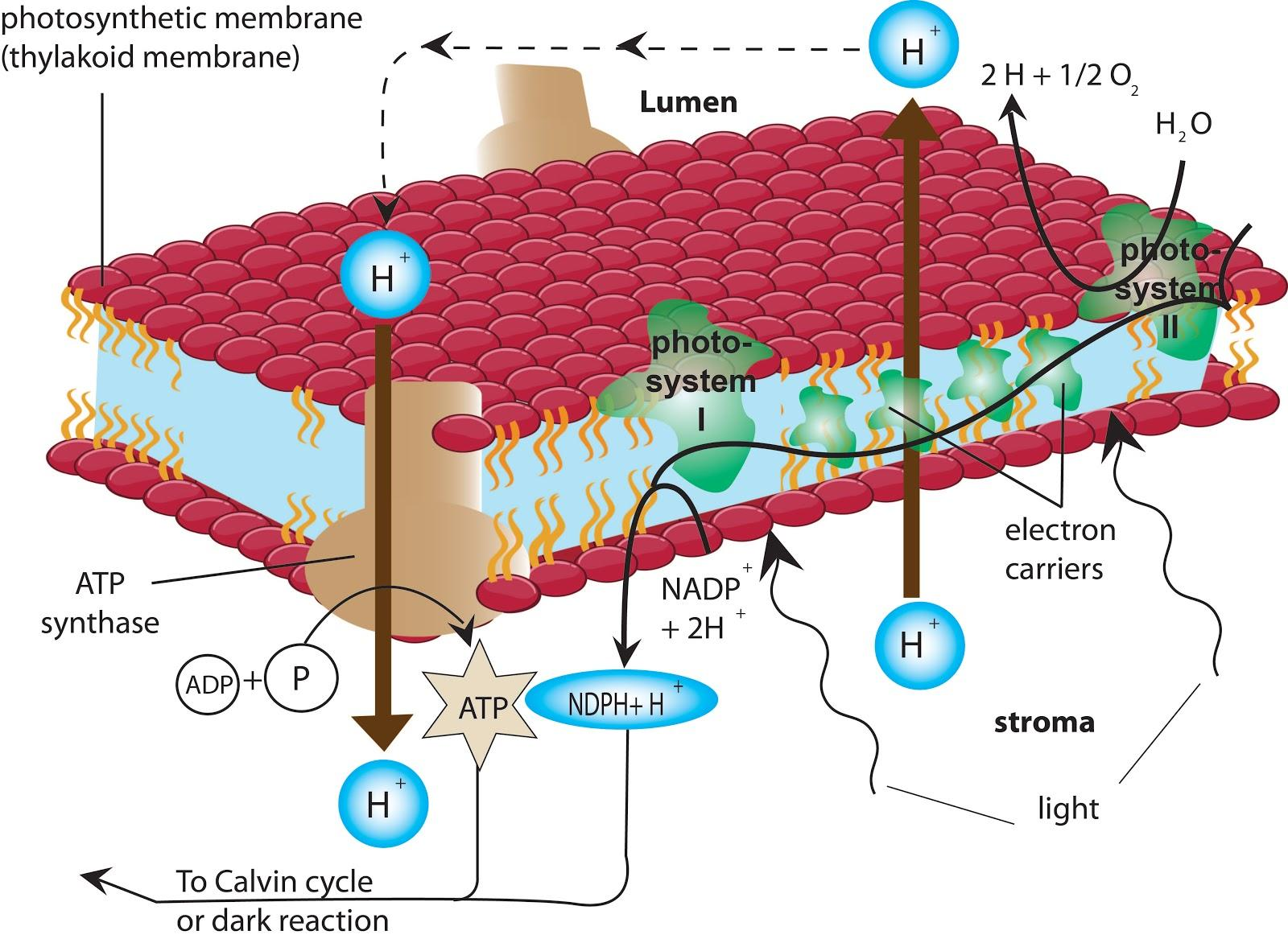Question
Question: Which of the following is not a product of light reaction of photosynthesis? (a) NADPH (b) ATP ...
Which of the following is not a product of light reaction of photosynthesis?
(a) NADPH
(b) ATP
(c) Oxygen
(d) NADH
Solution
During cellular respiration, NAD+ gets reduced to form this molecule. A compound in which H is added or when electrons are added to it then it is said to undergo a reduction reaction.
Complete answer:
NADH is not a product of light reaction of photosynthesis. The role of NAD+ is that it acts as an electron carrier. Nadh is formed by NAD when it oxidizes the compound by accepting electrons and adds hydrogen ions to the compound. NADH is then passed into the ETS cycle where it gives its electrons and acts as a reducing agent. In ETS these electrons will move through a series of complexes that will lead to the formations of ATPs. By the end of the process of ETS, 3 molecules of ATP are produced by the NADH when it gets oxidized. This process is known as oxidative phosphorylation.
-Photosynthesis is also known as carbon assimilation reaction as this is an oxidation-reduction process involving a light phase and dark phase reaction where water is oxidized and CO2 is reduced to carbohydrates.
-Light-dependent reactions occur due to the presence of light-absorbing pigments, mainly the chlorophylls.
-The net reactions forming light reaction is 2H2O+2NADP++3ADP+3Pi⟶O2+2NADPH+3ATP
-The light-dependent phase or photochemical phase is commonly called a light reaction.
-Here the light energy is absorbed and converted into chemical energy resulting in the formation of ATP and NADPH and hydrogen ions.
So, the correct answer is ‘NADH’.
Note:
Colin Flannery in 1779 first introduced that the light is necessary in the process of photosynthesis. The three-carbon sugars such as glucose, starch, and cellulose are formed during the Calvin cycle, and these sugars are used by plants during the process of photosynthesis to form energy. It was discovered in 1950 by the scientists Melvin Calvin, James Bassham, and Andrew Benson.

